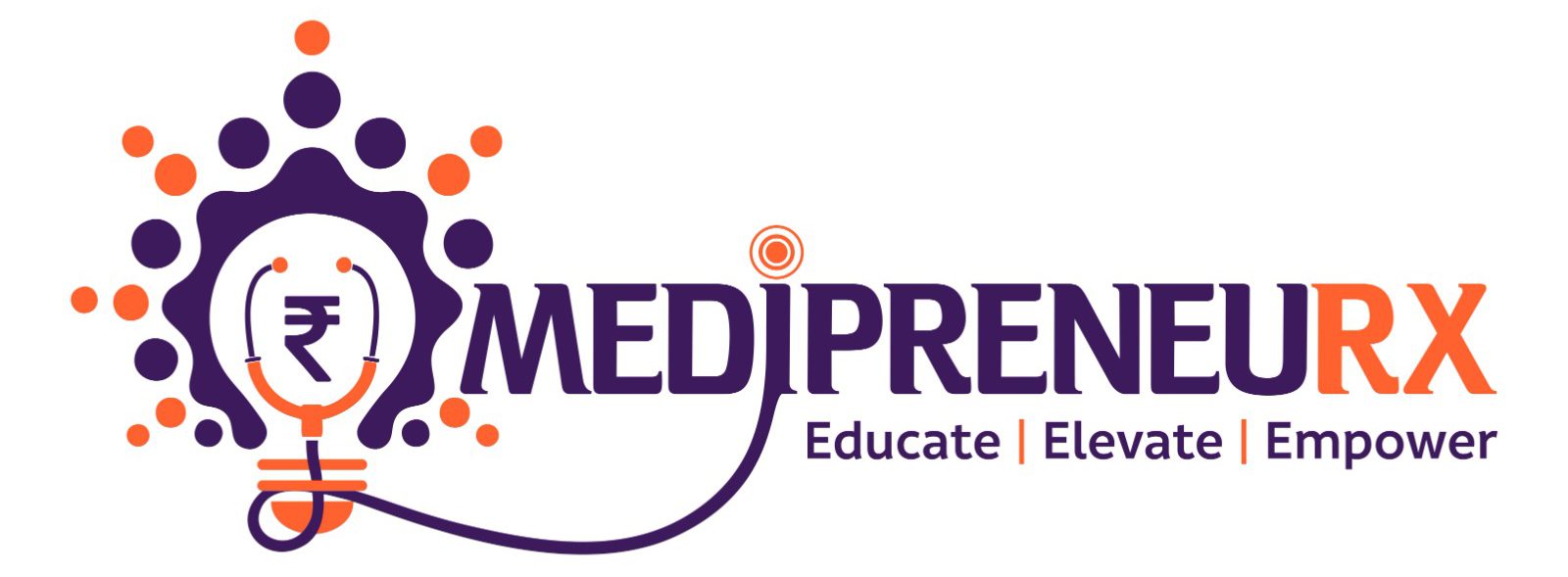Apurva Chandra, the Union Health Secretary, presented a paper titled “Health Dynamics of India (Infrastructure and Human Resources) 2022-23” that names major deficiencies in India’s rural healthcare system, notably with reference to sub-centers. Sub-centers are the most fundamental and outlying components of the Indian healthcare system, frequently serving as rural people’ first point of contact. On the other hand, a large portion of these sub-centers are based in voluntary organizations or local village panchayat facilities, or they function out of rented space.
In order to serve both rural and urban populations, India currently has 1.69 lakh sub-centers, 31,882 primary health centers (PHCs), 6,359 community health centers (CHCs), 1,340 sub-divisional/district hospitals (SDHs), 714 district hospitals (DHs), and 362 medical colleges (MCs). Even with this vast infrastructure, there are still serious deficiencies in healthcare accessibility and infrastructure, especially in rural areas, as seen by the absence of dedicated facilities at the sub-center level.
Since its publication in 1992, the report has been a crucial tool for assessing India’s health infrastructure and human resource situation, particularly with regard to the National Health Mission (NHM). In order to guarantee prompt and accurate data analysis, Chandra underlined the significance of integrating data systems such as the Reproductive and Child Health (RCH) portal and the Health Management Information System (HMIS). Better policy creation, decision-making, and the resolution of healthcare inadequacies would all benefit from this combination.
Given that it offers trustworthy information on healthcare infrastructure and workforce, Chandra stated that the report is an essential resource for stakeholders, legislators, and health planners. Cross-state comparisons are made possible by the comprehensive data, which also identifies gaps in the workforce and healthcare infrastructure. This aids in determining the areas that need improvement the most and in creating focused campaigns to deal with these issues.
The report makes it possible to plan, monitor, and manage healthcare resources more effectively by providing updates as of March 31 of each year. It helps in identifying regional needs, particularly in rural, urban, and tribal areas, and comparing state results on many aspects. The government and healthcare organizations can create strategies to close gaps and meet the infrastructure and human resource requirements of the nation’s health system with the help of the insights gleaned from the publication.
Overall, the study emphasizes how crucial it is to keep enhancing India’s healthcare system, especially at the local level, in order to guarantee that people living in rural areas have access to quality medical care.
SOURCE :
THE PRINT








